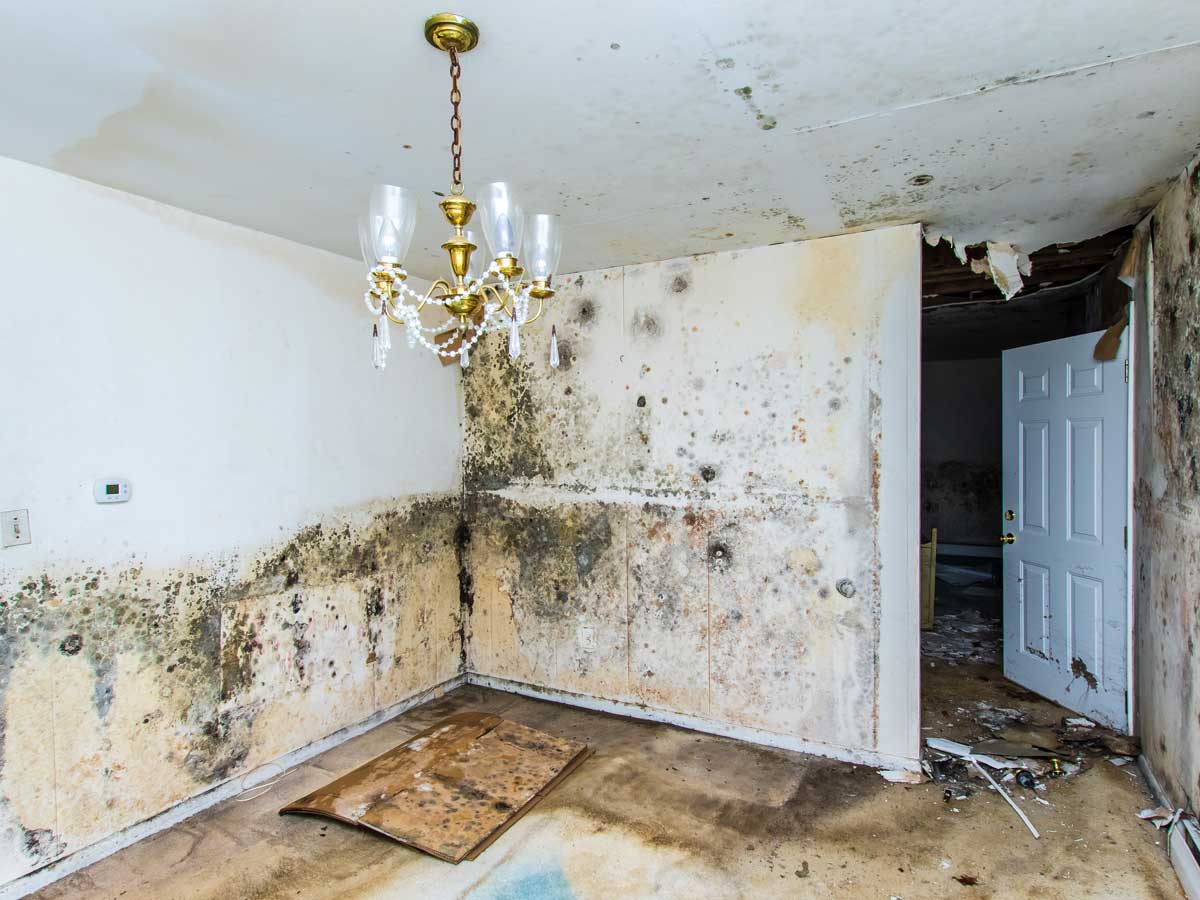We've found this great article pertaining to Reducing Your Risk Of Water And Fire Damage At Home directly below on the web and figured it made perfect sense to relate it with you on my blog.

Water gives life, water breach on parts where it's not supposed to be can result in damages. It can peel away surface areas and erode the foundation if the water soaks right into your structure. Mold and mildew and also mildew additionally flourish in a wet environment, which can be unsafe for your health. Homes with water damage smell mildewy and old.
Water can originate from many sources such as typhoons, floodings, ruptured pipelines, leaks, and also sewage system issues. In case you experience water damages, it would be good to know some safety preventative measures. Here are a few guidelines on how to take care of water damages.
Do Prioritize Residence Insurance Policy Protection
Water damage from flooding as a result of heavy winds is seasonal. Nonetheless, you can additionally experience an abrupt flooding when a malfunctioning pipe instantly ruptures into your residence. It would be best to have house insurance that covers both disasters such as natural tragedies, and also emergency situations like broken plumbing.
Do Not Forget to Turn Off Utilities
In the event of a catastrophe, particularly if you stay in a flood-prone area, it would be a good idea to shut off the major electric circuit. This removes power to your entire house, stopping electric shocks when water is available in as it is a conductor. Don't forget to transform off the major water line shutoff. When floodwaters are high, furnishings will certainly move and create damages. Having the main shutoff turned off avoids further damages.
Do Keep Proactive and Heed Weather Condition Signals
Listen to discharge warnings if you live near a river, creek, or lake . Doing so reduces possible home damages.
Don't Ignore the Roofing System
Before the climate turns terrible, see to it you have a roof examination. It would be prudent to get this service every year as it can reduce complicated problems. If there are no openings and also leakages in your roofing, you can stay clear of rainfall damage. Your roofing professional will certainly additionally care for damaged seamless gutters or any other indications of weakening. This will prevent water from moving down your wall surfaces as well as saturating your ceiling.
Do Pay Attention to Little Leakages
A burst pipe doesn't happen over night. You might see gurgling paint, peeling off wallpaper, water streaks, water stains, or dripping sounds behind the walls. Have your plumbing repaired before it results in enormous damage.
Don't Panic in Case of a Burst Pipe
Keeping your presence of mind is vital in a time of crisis. Due to the fact that it will stifle you from acting quickly, worrying will only compound the trouble. When it pertains to water damage, timing is key. The longer you wait, the more damages you can expect. Hence, if a pipe bursts in your residence, instantly shut down your primary water shutoff to cut off the resource. Then disconnect all electrical outlets in the location or turn off the breaker for that part of the house. Call a credible water damage remediation expert for help.
Water provides life, water intrusion on parts where it's not supposed to be can result in damages. Residences with water damages odor moldy and old.
Water damages from flooding dues to heavy winds is seasonal. You might observe bubbling paint, peeling off wallpaper, water touches, water spots, or dripping audios behind the walls. When it comes to water damage, timing is vital.
Some Do's & Don't When Dealing with a Water Damage
DO:
Make sure the water source has been eliminated. Contact a plumber if needed. Turn off circuit breakers supplying electricity to wet areas and unplug any electronics that are on wet carpet or surfaces Remove small furniture items Remove as much excess water as possible by mopping or blotting; Use WHITE towels to blot wet carpeting Wipe water from wooden furniture after removing anything on it Remove and prop up wet upholstery cushions for even drying (check for any bleeding) Pin up curtains or furniture skirts if needed Place aluminum foil, saucers or wood blocks between furniture legs and wet carpet Turn on air conditioning for maximum drying in winter and open windows in the summer Open any drawers and cabinets affected for complete drying but do not force them open Remove any valuable art objects or paintings to a safe, dry place Open any suitcases or luggage that may have been affected to dry, preferably in sunlight Hang any fur or leather goods to dry at room temperature Punch small holes in sagging ceilings to relieve trapped water (don't forget to place pans beneath!); however, if the ceiling is sagging extremely low, stay out of the room and we'll take care of it DO NOT:
Leave wet fabrics in place; dry them as soon as possible Leave books, magazines or any other colored items on wet carpets or floor Use your household vacuum to remove water Use TV's or other electronics/appliances while standing on wet carpets or floors; especially not on wet concrete floors Turn on ceiling fixtures if the ceiling is wet Turn your heat up, unless instructed otherwise

I recently found that write up about What You Can Do At Home To Prevent Fire And Water Damage when surfing the web. If you please take a moment to share this blog posting if you liked it. Thank you for your time. Kindly check up our site back soon.